Stretching exercises: Learn some basic stretches, avoid injury and live longer
Supple strength is the name of the game with this guide to stretching exercises
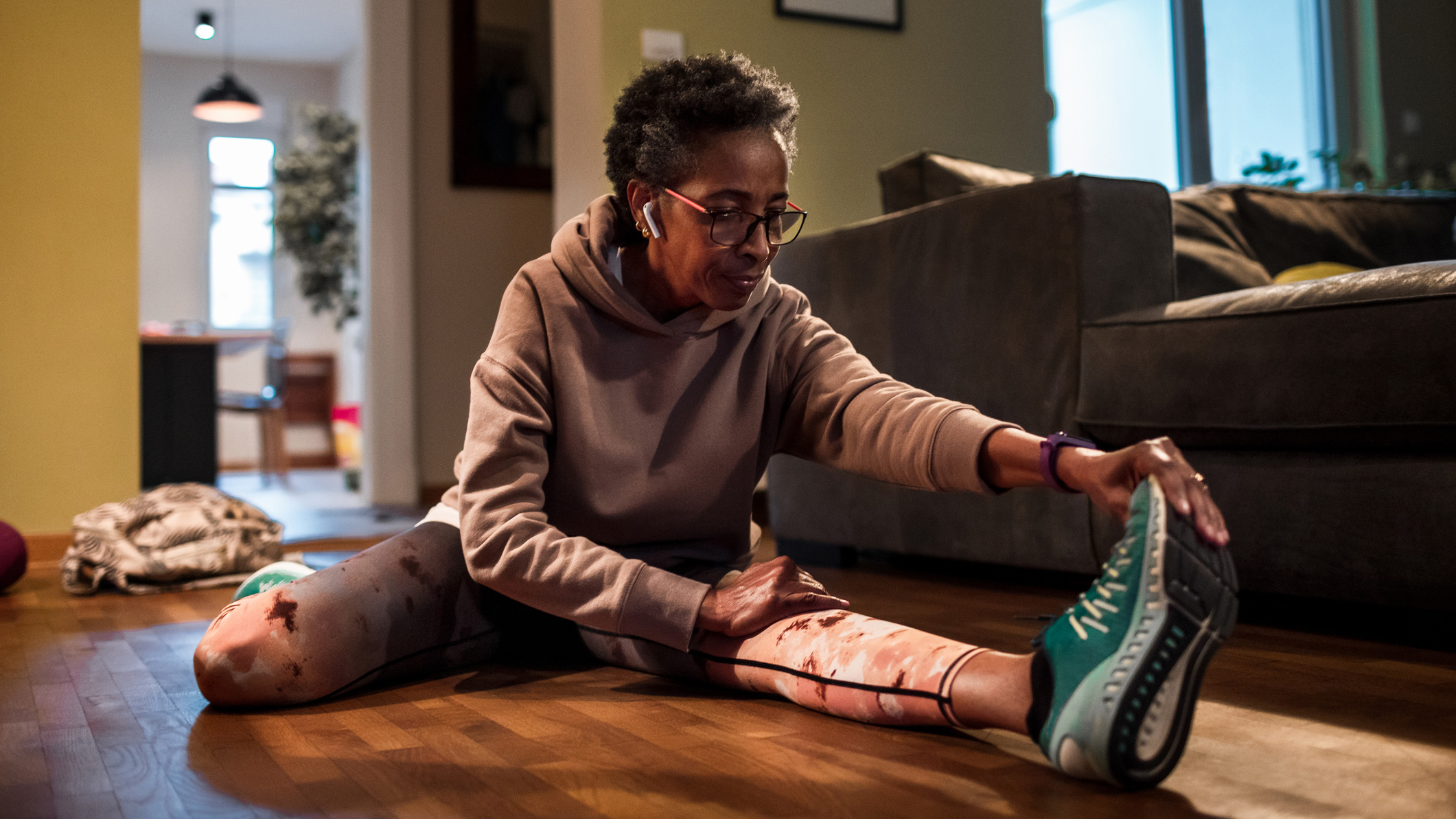

There's so much information out there on exercises to build muscle, like push ups and pull ups, or exercises like running which burn fat or improve your cardiovascular capacity. However, keeping fit and strong is only half the battle: stretching exercises are also vital to ensure you remain healthy and mobile.
It's not just for yoga classes (although taking some time with one of our best yoga mats or best foam rollers is a great way to stay flexible): Stretching, for our money, is the single biggest part of fitness that is so often neglected even by frequent exercisers. Unless you're a regular yogi or gymnast, chances are you don't stretch as much as you should.
Thanks to research published by Harvard University, we know stretching keeps the body’s muscles supple, strong and healthy. Your muscles naturally become shorter and tighten as you age, decreasing your range of motion. This stops us exercising to our fullest capacity, as we’re only able to move within a limited range without risking damage to our muscles.
As we get older, we will lose even more of our flexibility, limiting our range of motion when performing everyday activities during a process known as muscular atrophy. Stretching is a guard against all that.
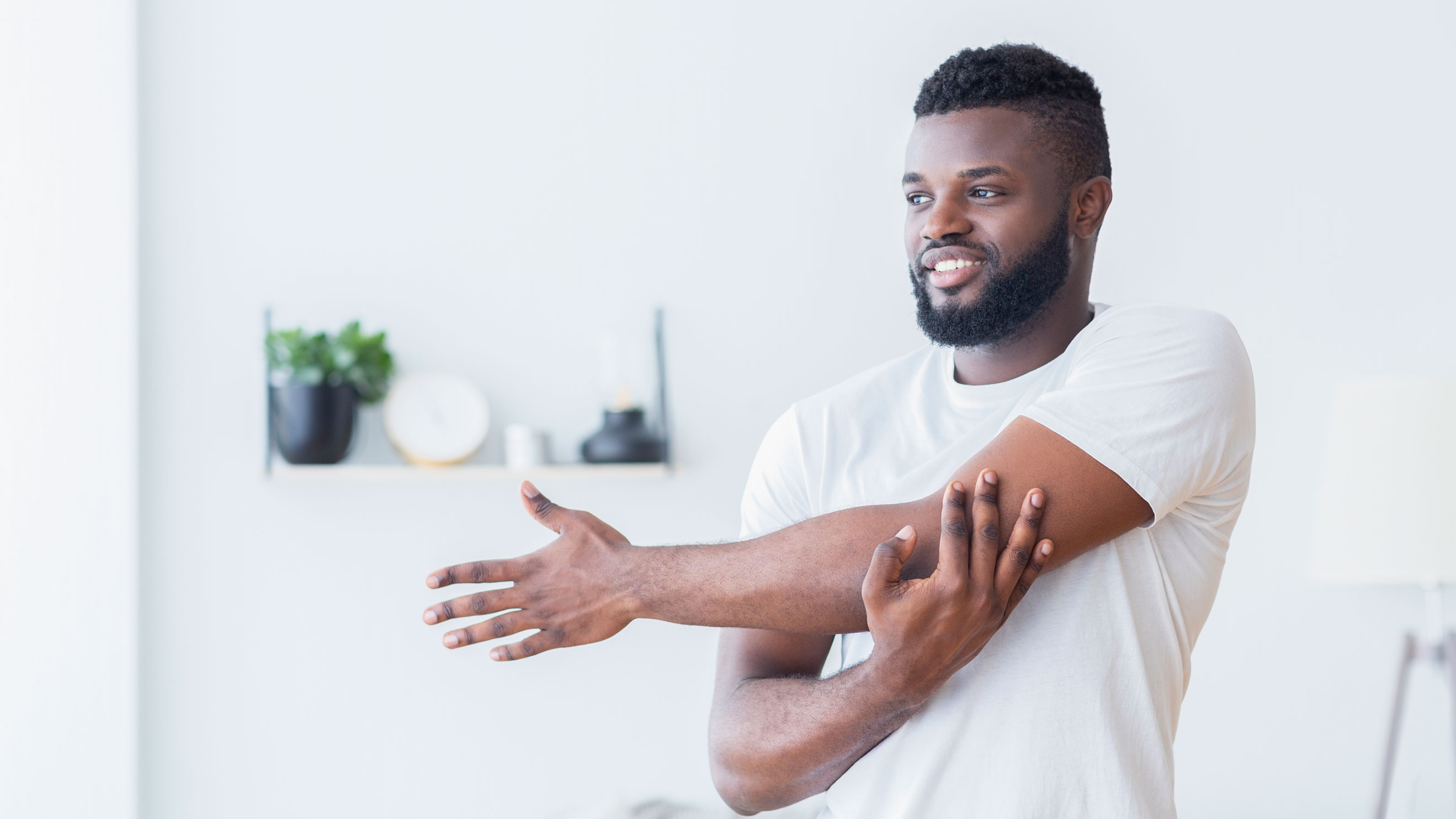
Stretching is also a must for fitness fans looking to guard against injury. Stretching lengthens your muscles, helping them to handle more stress and increasing your “safe” range of motion. Although some studies claim stretching immediately before exercise has no effect on your physiology, the cumulative effects of stretching allows you to do more in the long term.
According to the Journal of Exercise Rehabilitation, stretching also better prepares you psychologically for an exercise, actually improving your performance in the gym, on the football pitch or on your bicycle.
Stretching exercises: Static vs dynamic stretching
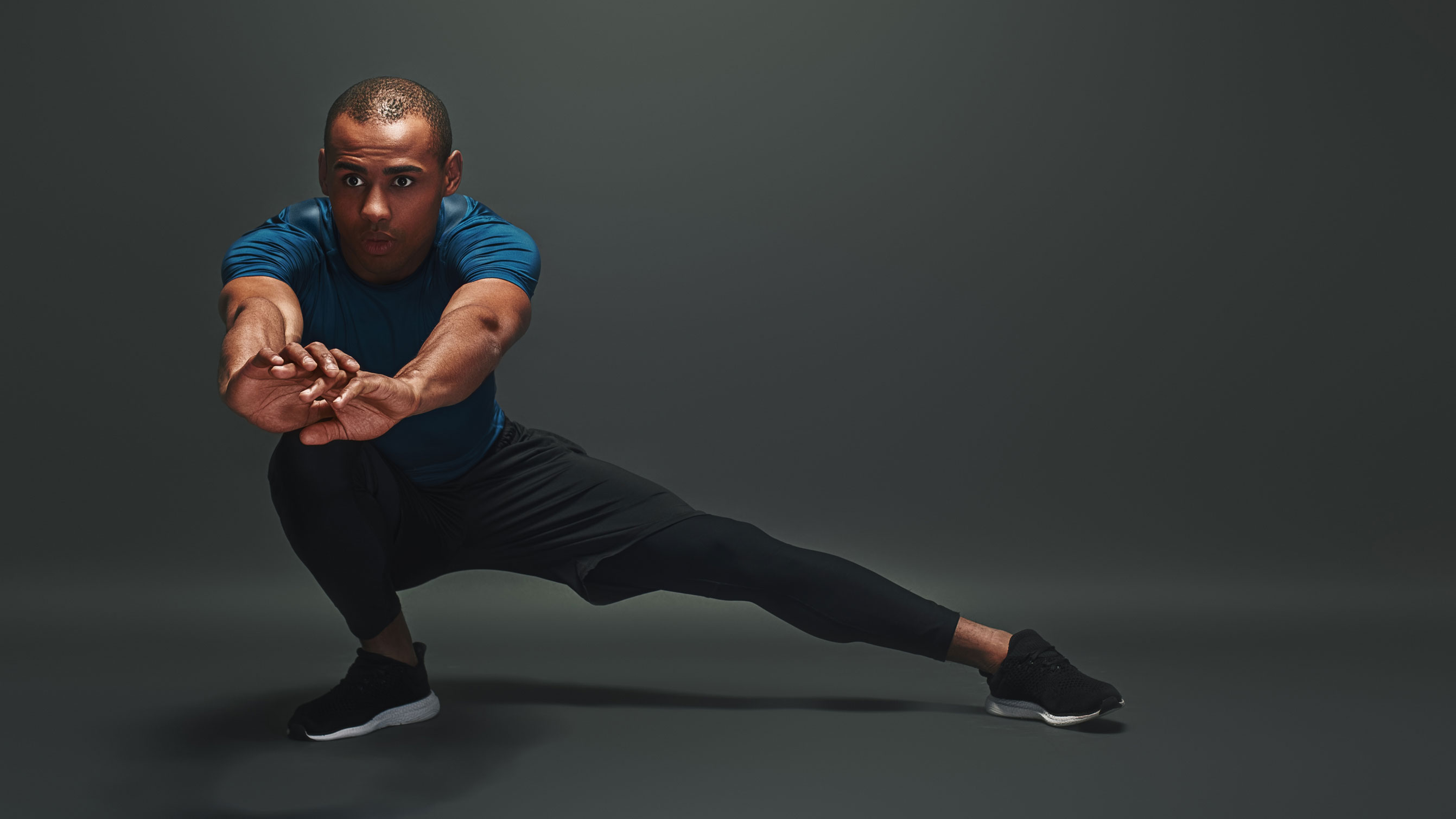
If you’re going to start stretching, you should know there’s two different kinds of stretching exercises, known as static and dynamic, and each one has different uses. Static stretching is as it sounds: a stretch which you hold for a certain length of time, usually 10 seconds or more.
Start your week with achievable workout ideas, health tips and wellbeing advice in your inbox.
Research published in the Journal of Sports Science and Medicine shows static stretches actually improve your range of motion, allowing you to become more flexible over time. We’ve already mentioned your muscles and range of motion shorten as you get older, making movement difficult. Regular static stretching is a great way to fight against the effects of an ageing body.
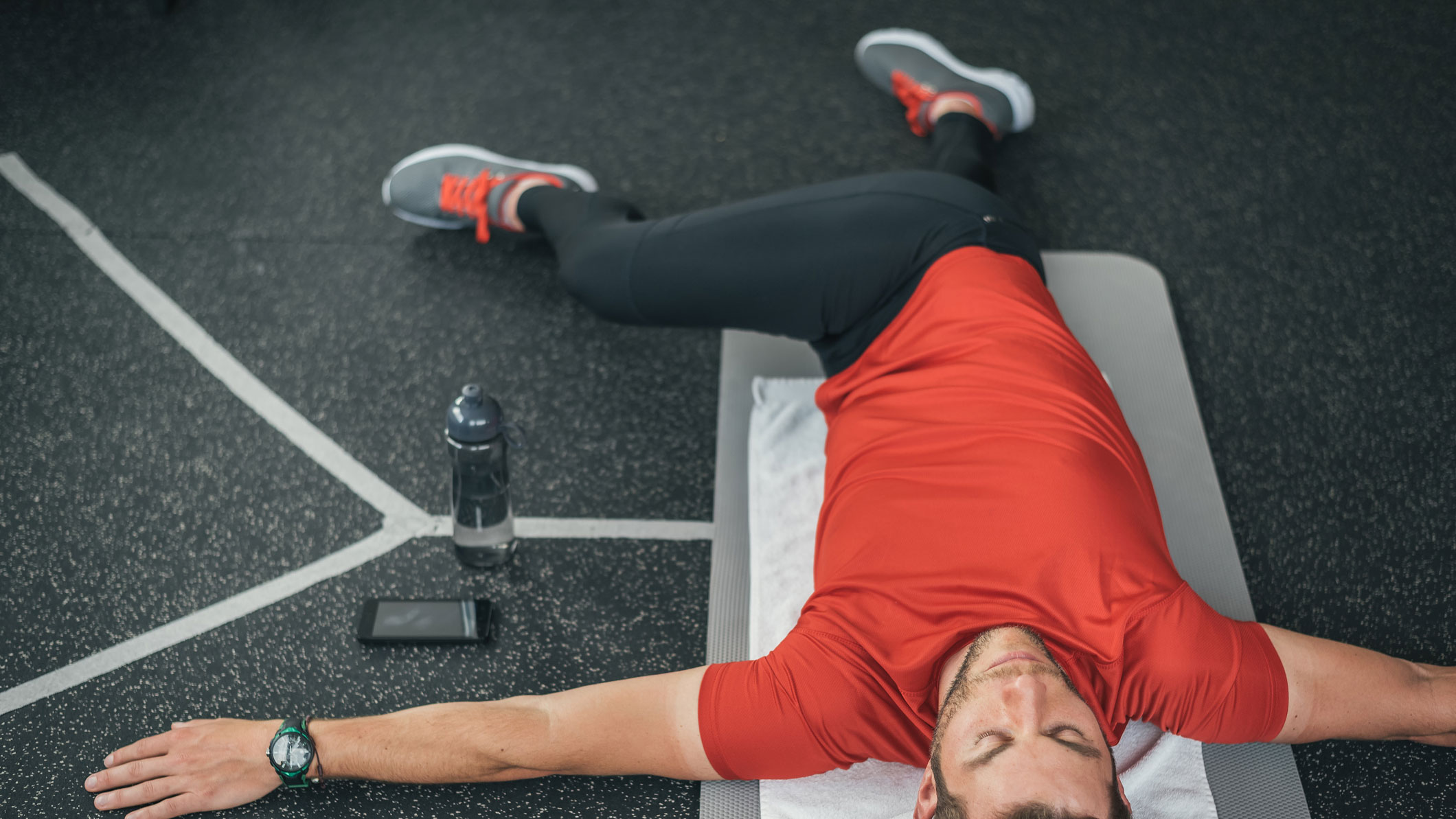
Dynamic stretching is a little bit different. These are movements with a progressive range of motion: for example, a boxer might twist his torso one way, then the other, and repeat this 10 times. A football player might perform 10 “leg swings” to get ready for the match, with the first one at waist height and the last one at chest height.
Dynamic stretches are often used as part of sports-specific warm-up. The science backs this up: in the same Sports Science and Medicine study above, the researchers studied participants’ sprint speed and concluded dynamic stretches improved their performance.
While static stretching improves overall range of motion, you might try and lengthen your muscles before the start of a gym session or a run with dynamic stretches, to improve performance and avoid injury.
Stretching exercise: What about yoga?
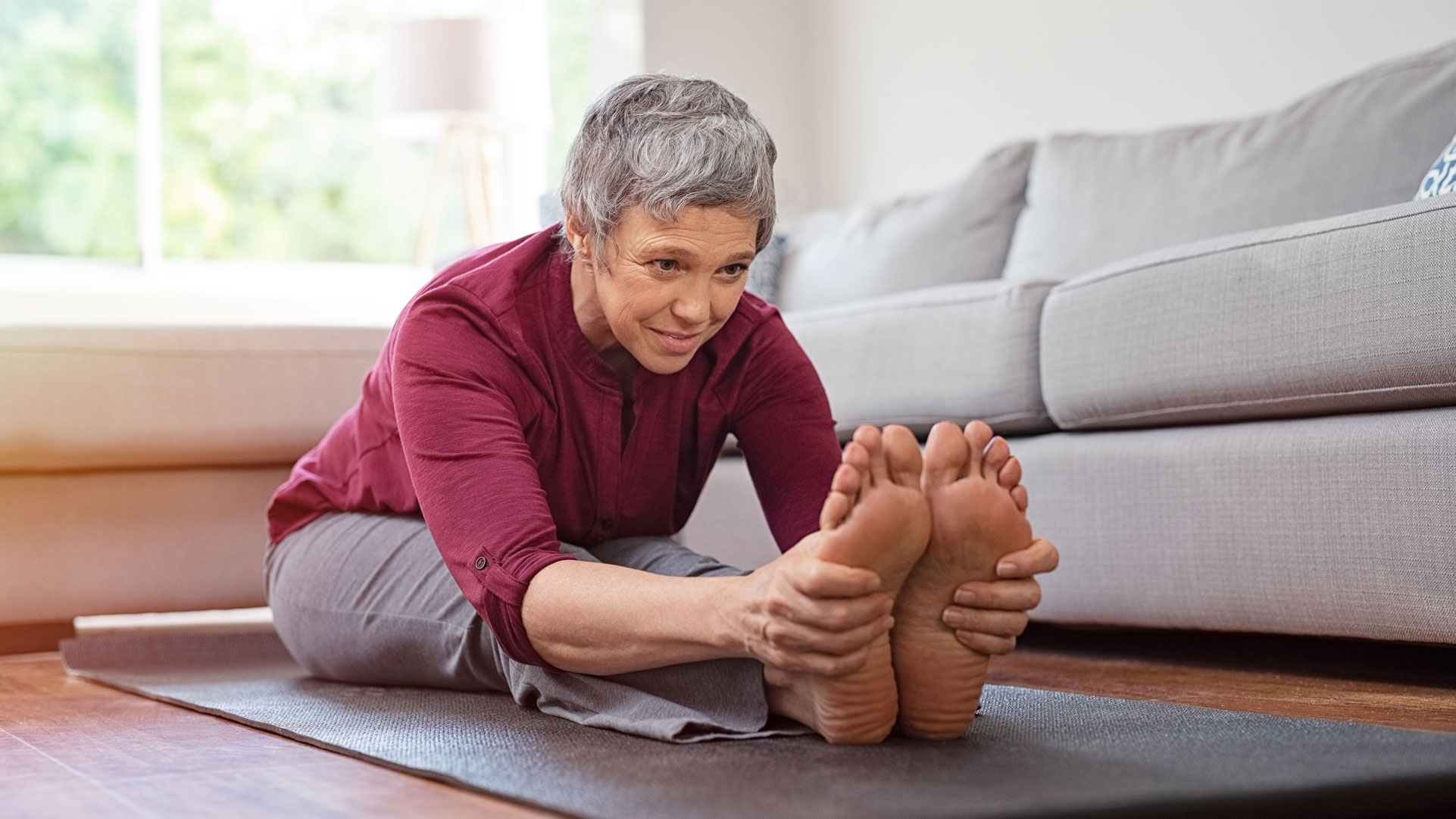
Yoga is a great way to get your stretches in! Research from the University of Illinois suggests regular yoga practice is just as effective as stretching exercises when it comes to improving functional fitness, mobility and balance in adults.
"Yoga is a really nice two-for-one, focusing on both mindfulness and releasing tension within the body," said Chris Magee, international yoga teacher. "It acts as both a stretching session and a meditation.
The classic stereotype of the elderly, impossibly limber yogi sat in the lotus position might not be too far from the truth: regular yoga practice improves your day-today mobility, increases your safe range of motion for other exercises and guards against other effects of ageing.
"Flexibility and mobility are integral to your overall health and wellbeing," said Magee. "A tight body is full of tension, forcing us into unnatural movement patterns. The longer we go through life leaning forward, for example, the more difficult it's going to be to come back to an anatomically correct posture."
Practising flexibility and mobility, claims Magee, is like oiling a door hinge: it will simply keep your body moving better, for longer.
Static stretching exercises to try: Reach to the sky
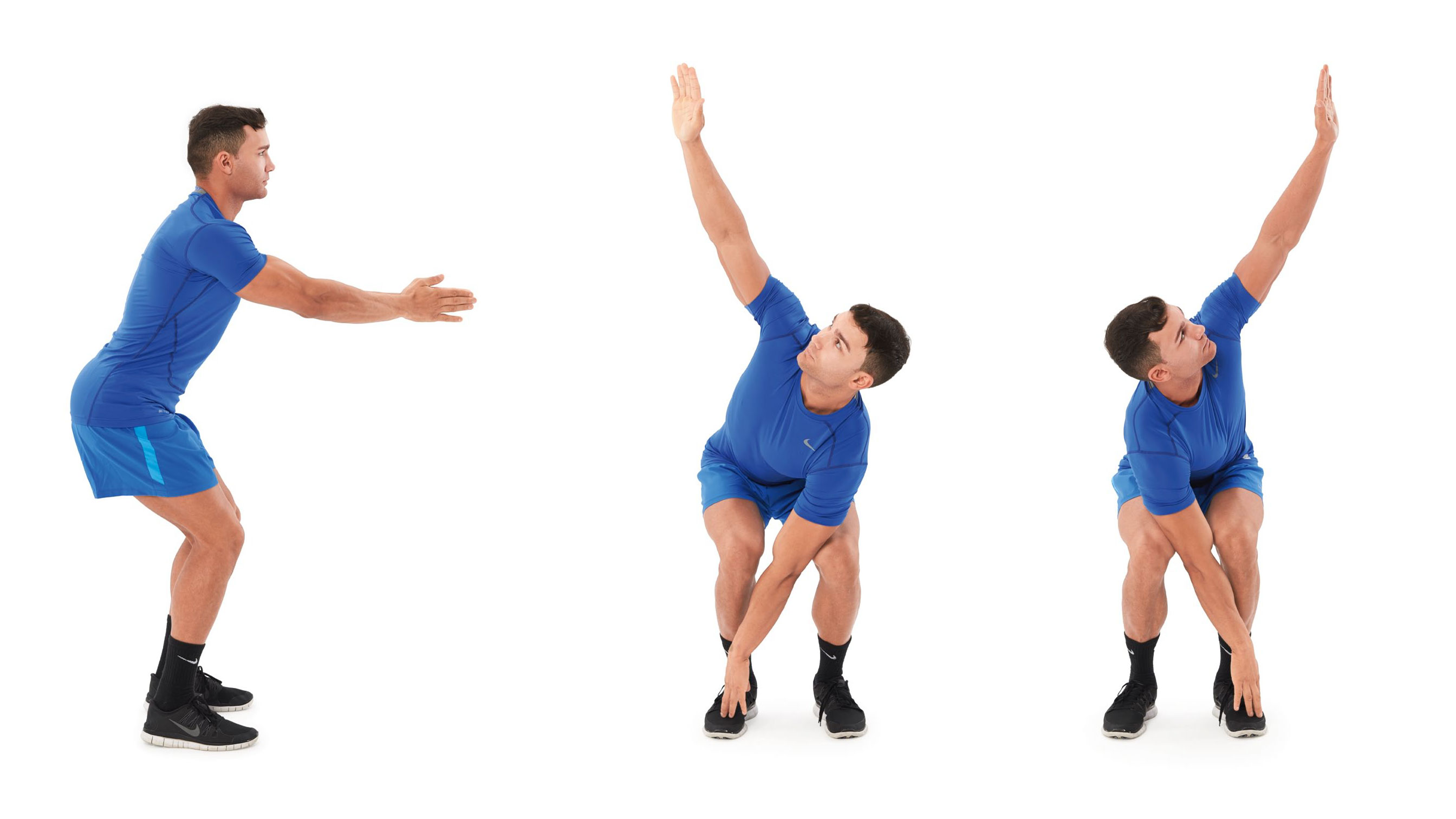
This exercise loosens up the muscles in your lower back and stretches your core muscles. Your lower back should be relaxed and naturally arched throughout the exercise
- Stand with your legs shoulder-width apart and your knees slightly bent. Hold your arms out in front of you, palms facing each other and fingertips touching.
- Stretch to touch your left foot with your right hand while extending your left arm to the ceiling. Hold the position for a few seconds. 3. Return to the start position and reverse the movement to your left.
Knee hugs to heel raise
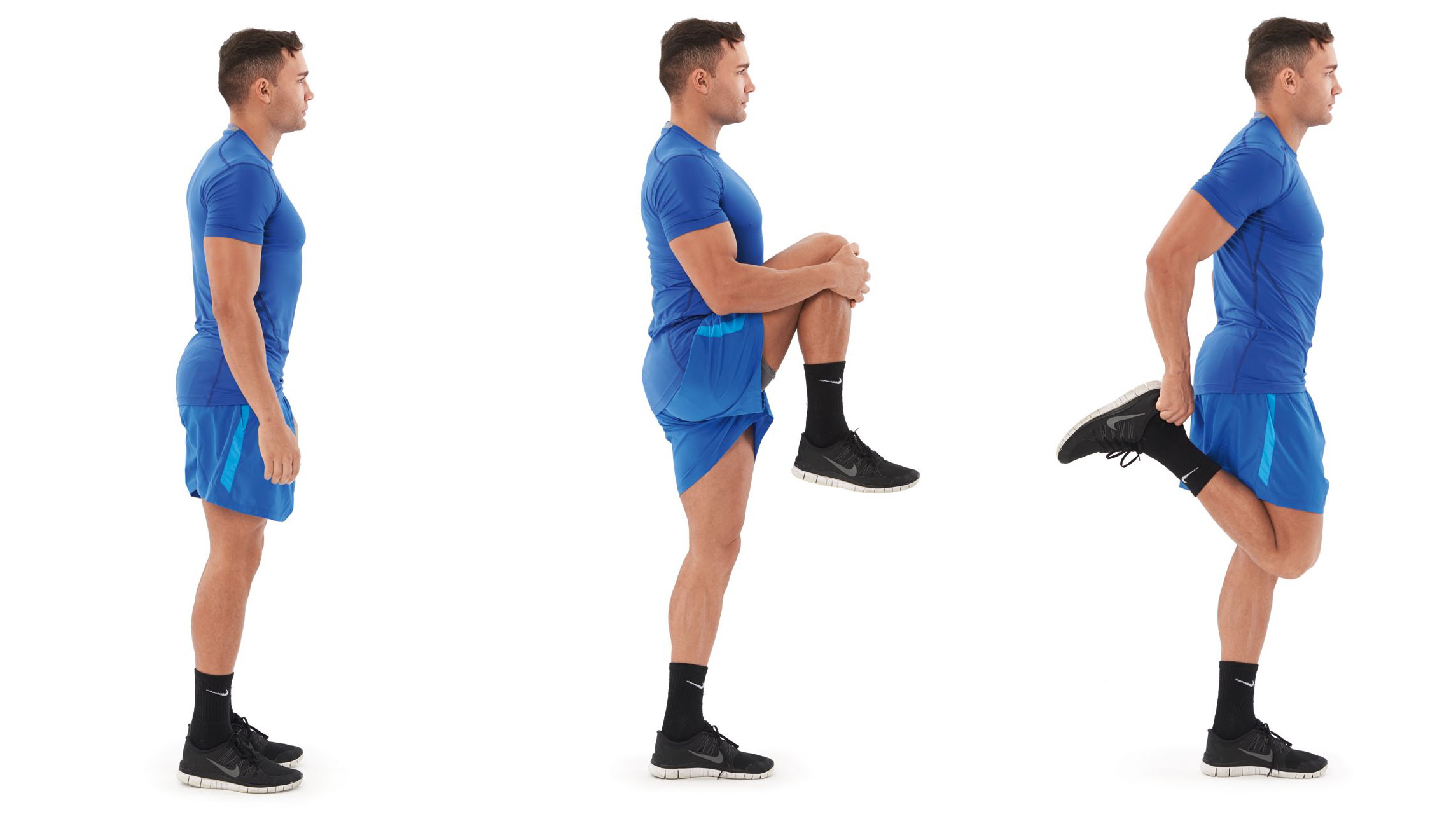
- Stand with your feet shoulder-width apart and your arms straight down by your side.
- Raise your right leg towards your chest, grasping it between your hands just below the knee.
- Pull it in towards your chest. Hold for 5-10 seconds, then release and return to the standing position.
- Raise your right leg towards your backside, grab your ankle and pull it in for 5-10 seconds, then release.
Arm crossover
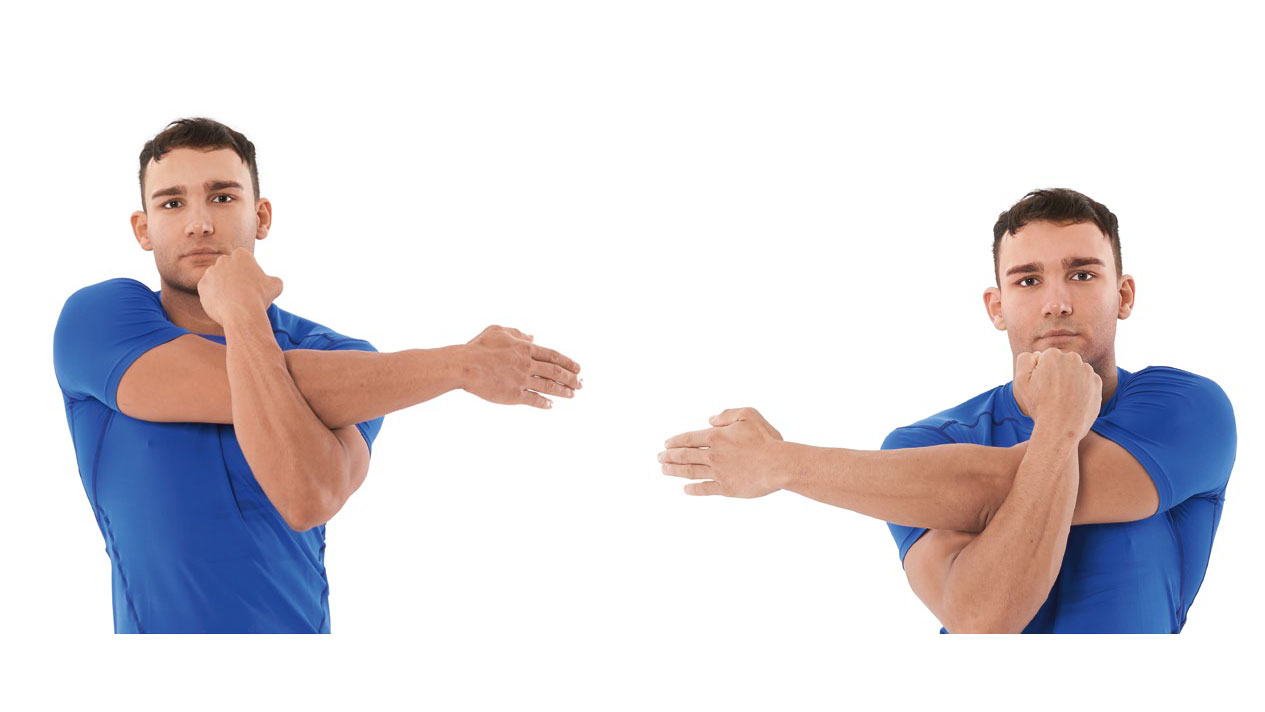
- Stand with feet shoulder-width apart. Stretch your right arm across your chest, clamping it in place with your left arm, which should be bent at the elbow. Hold this pose for 10-15 seconds.
- Switch arms and repeat the stretch, clamping your left arm in place with your right.
Dynamic stretching exercises to try: Crab turnover

This variation on the classic ‘bridge’ position is a great warm up for upper body muscles.
- Get into a push-up ‘plank’ position, with your hands on the floor, shoulder width apart, fingers pointing forwards. Get up on the balls of your feet.
- With legs together and feet on the floor, raise your right arm and start to turn your body over, twisting your core.
- Keep turning until your right hand is on the ground, behind your back. Bring your left arm round to support your weight with both hands.
Leg raises
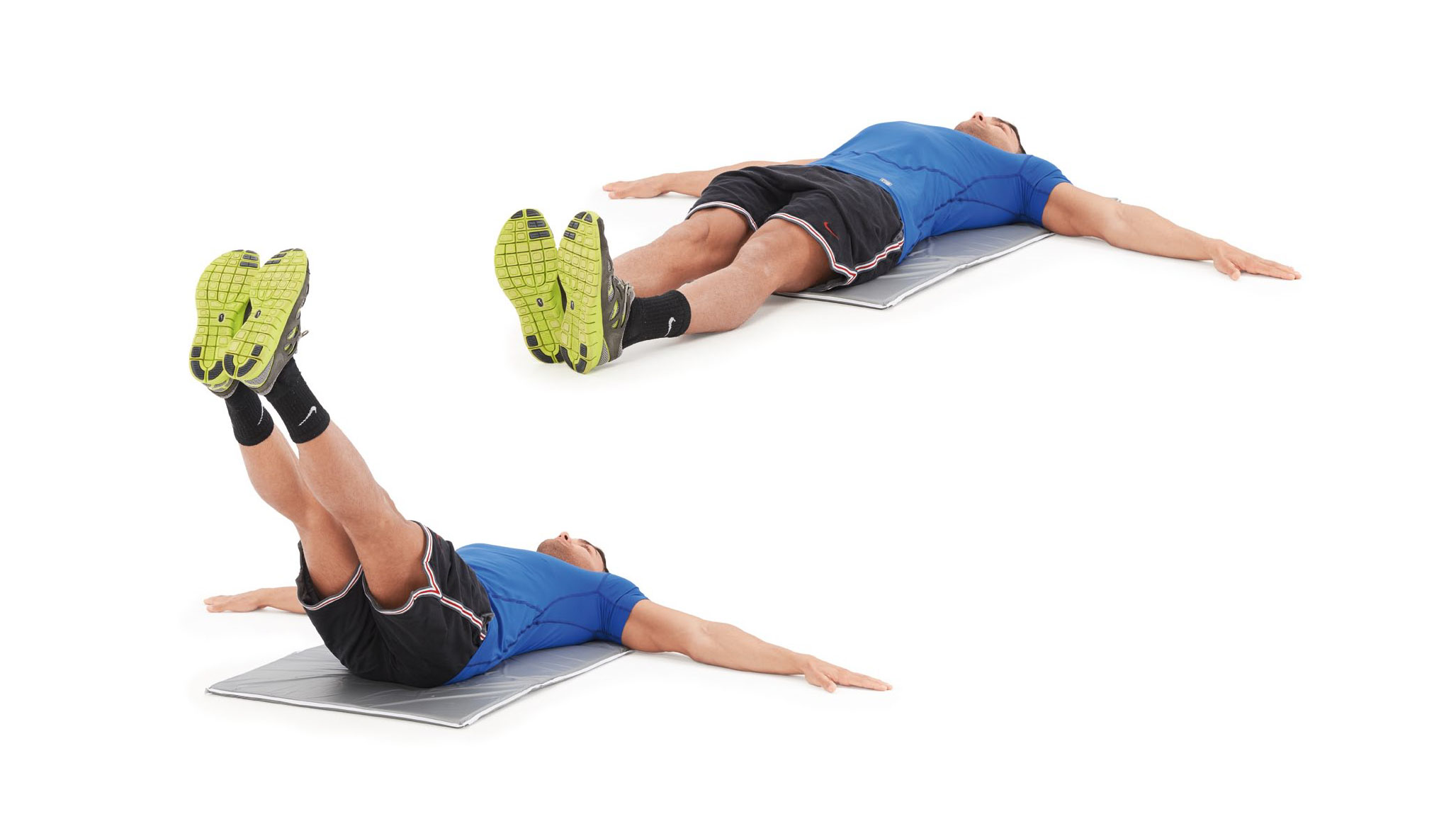
- Lie on your back, arms outstretched, palms touching the floor. Your legs should be straight and your feet together.
- Slowly raise your legs up straight as far as is comfortable. Focus the movement in your hips and core.
Lying leg raise (side)
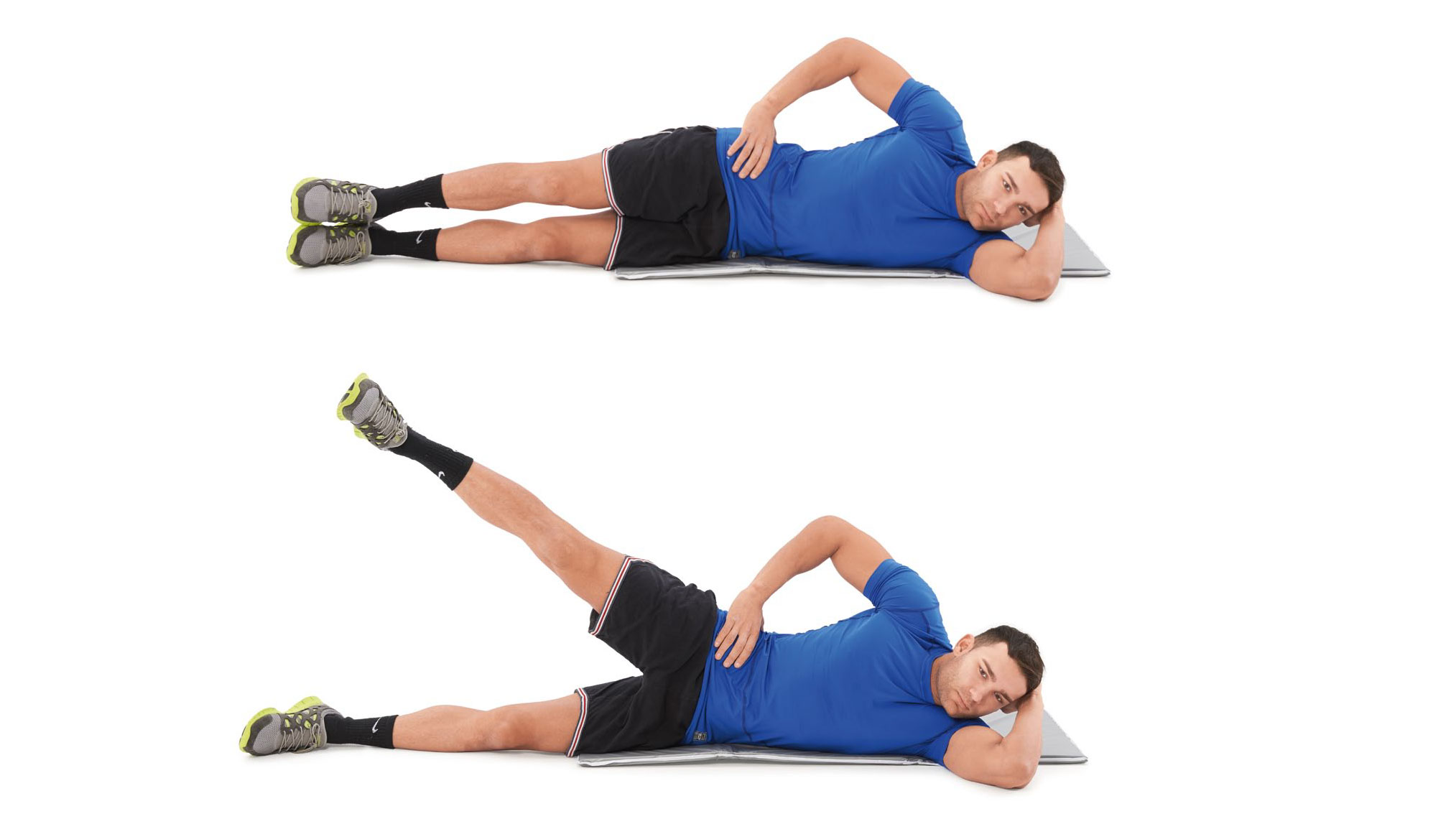
- Lie on the floor on your left side. Rest your top leg (the left) on top of the right. Place your right hand on your hip, and support your head with your left hand.
- Slowly raise your right leg as far as you comfortably can, keeping it straight. Slowly bring it back down. With your repetitions done, roll onto your right and repeat with hand and leg positions reversed.
- Keep your leg straight throughout the stretch.
Matt Evans is an experienced health and fitness journalist and is currently Fitness and Wellbeing Editor at TechRadar, covering all things exercise and nutrition on Fit&Well's tech-focused sister site. Matt originally discovered exercise through martial arts: he holds a black belt in Karate and remains a keen runner, gym-goer, and infrequent yogi. His top fitness tip? Stretch.
